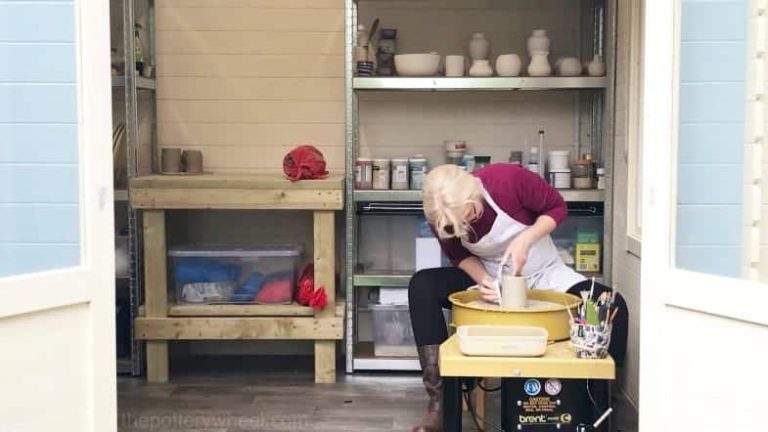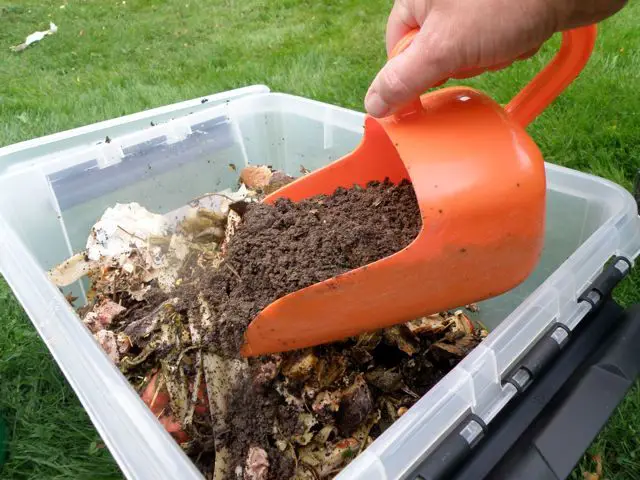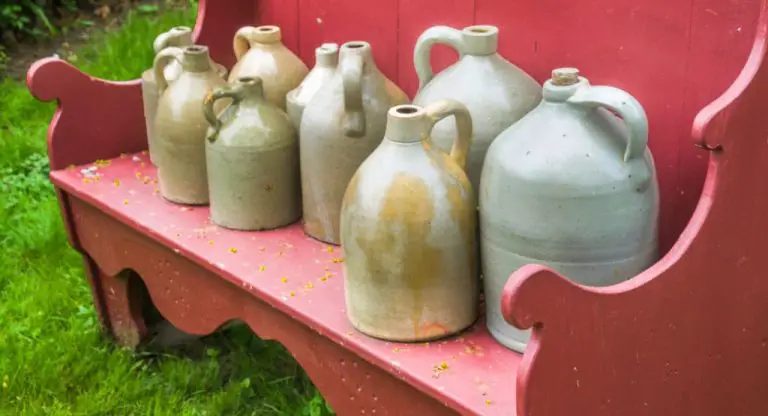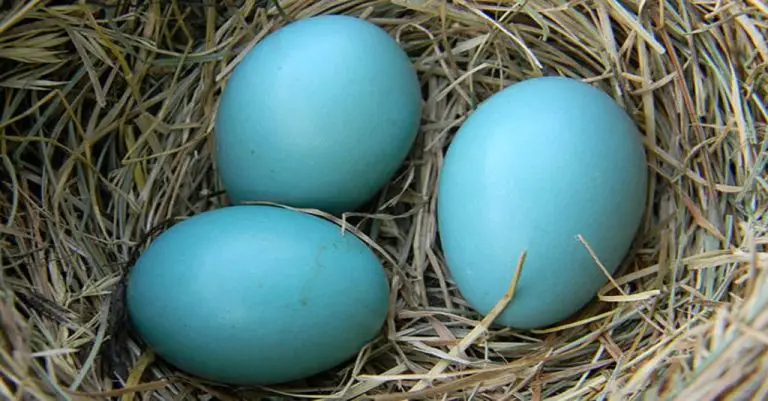Where Are Padilla Mugs Made?
Padilla mugs have become a popular Southwest collectible known for their rustic stoneware design. The story of Padilla pottery begins with Raul Padilla Sr., who founded the company in 1967 in Ciudad Juárez, Mexico according to https://arizonagifts.com/padilla-mug-sets/. Padilla learned the art of pottery from his mother and began handcrafting mugs, vases, pots, and other stoneware using local clay. The pottery was originally sold at flea markets before growing into a successful business that continues operations today under Raul Padilla Jr.
Padilla Mug Manufacturing
Padilla mugs originated in New Mexico where native artist Rodolfo Padilla began handcrafting beautiful stoneware pottery in 1940 (https://arizonagifts.com/padilla-mug-sets/). Padilla established his first pottery workshop in Santa Fe, New Mexico. He quickly gained renown for his unique designs and traditional Native American-inspired patterns.
By the 1950s, demand for Padilla pottery had grown enormously. To increase production, Padilla opened his first mug factory in Bernalillo, New Mexico in 1955. This allowed Padilla to produce his signature mugs on a much larger scale while maintaining high quality standards.
In 1964, Padilla expanded operations again by purchasing the old Du-Co Ceramics facility in Madera, California. This factory produced Padilla mugs for over 20 years. In the 1980s, production was moved to factories in Texas and Mexico in order to reduce costs and increase efficiency (https://www.etsy.com/listing/640298470/vintage-rodolfo-padilla-pottery-mugs-set).
Materials
Padilla mugs are made from high-quality stoneware clay. The clay gives the mugs their sturdy, durable nature and allows them to withstand daily use without chipping or cracking. According to Arizona Gifts, the clay is mined locally in New Mexico where the Padilla family workshop is located.
The mugs are covered in a colorful glaze that gives each mug its distinct look. The glazes used are lead-free and non-toxic. Padilla offers a wide selection of vibrant glazes in colors like turquoise, coral, yellow, blue and more. As described on Etsy, the glazes are hand-applied by the artisans before the mugs are fired in the workshop’s kilns.
The materials are specially chosen for their high quality and safety. This ensures Padilla mugs will last for years of regular use. The locally sourced clay and handmade nature make Padilla mugs stand out from typical mass-produced mugs.
Design
Padilla mugs feature signature designs that have become collector’s items over the years. Some of the most popular and classic Padilla mug designs include the Roadrunner, Kokopelli, Zuni Sunface, and Hopi Maidens.
The Roadrunner design typically depicts the Greater Roadrunner bird indigenous to the Southwestern United States set against a desert landscape background. This design comes in multiple color variations, but often features the roadrunner in shades of brown, black, and white.
The Kokopelli design portrays the flute-playing Hopi deity of fertility, Kokopelli. This design commonly shows Kokopelli in a hunched-over dancing pose playing his flute. The mythological figure is rendered in black on a solid colored background.
The Zuni Sunface design represents the Zuni sun god with signature spiral eyes, mouth, and headdress elements. It has a distinctly Native American artistic style, usually with an orange sunface set against a blue or green background.
The Hopi Maidens design depicts Hopi women in traditional dress and hair styles. Typically three maidens are lined up carrying baskets, rendered in black on a solid red, yellow, or blue background.
Like any handmade product, Padilla mugs may have small variations or flaws that make each one unique. Minor errors in the designs like uneven lines or paint drips are not uncommon. Certain designs may also have more significant authorized variants.
Manufacturing Process
Padilla mugs are created through a meticulous multi-step process focused on quality and craftsmanship.
The process begins with carefully selecting and mixing the clay. Padilla uses a proprietary clay recipe that results in a smooth, durable final product. The clay is wedged and kneaded to remove air pockets before being formed into basic mug shapes on a pottery wheel. Skilled artisans shape each mug individually by hand.[1]
Once shaped, the mugs are dried for up to two weeks to remove excess moisture. They are then bisque fired in a large kiln, reaching over 2,000°F. This hardens the clay and prepares it for glazing. The glazing process applies colorful finishes in multiple coats by hand or spray. The mugs are then fired a second time to melt the glaze and fuse it to the clay.
After firing, each mug is inspected for quality and defects. Finishing steps like sanding and polishing bring out the sheen in the glaze. The iconic metallic gold rim found on many Padilla designs is added last through gold leaf application and burnishing.
It can take weeks to fully complete a Padilla mug from raw clay to finished product. Every step emphasizes careful hand craftsmanship with consistent quality control.[2]
Quality Control
Padilla mugs adhere to strict quality control standards at the manufacturing facilities in Mexico. Each mug undergoes multiple inspections throughout the production process to ensure consistency and durability.
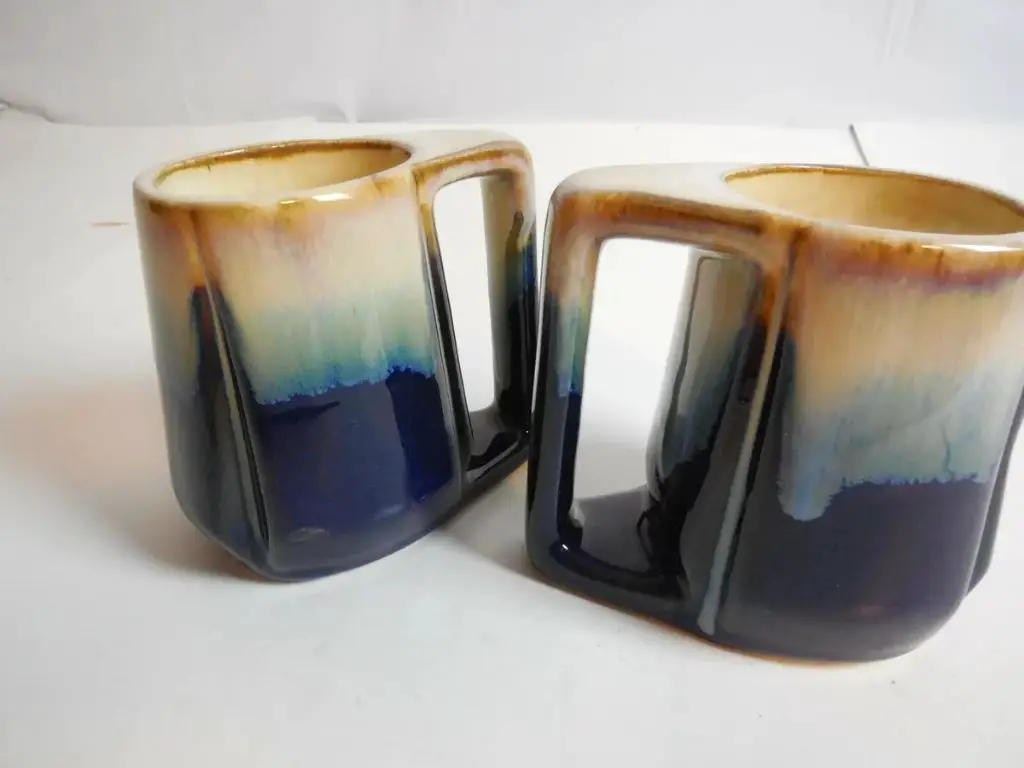
The clay and glaze materials are tested to confirm they meet the required specifications. Dimensional checks are conducted during the molding and firing stages to verify the mugs are the proper size and shape. After firing, mugs are visually inspected for any defects or imperfections. Random samples are drop tested from a height of three feet to ensure they do not chip or break.
Final inspections involve examining the mug interior, exterior, handle, and bottom for any flaws. Only mugs that pass all these quality checks receive the Padilla backstamp and are approved for packaging and shipping. By prioritizing quality control at every step, Padilla maintains its reputation for durable, high-quality drinkware that stands the test of daily use.
For citations, here are two relevant sources:
Source 2: https://www.etsy.com/listing/1545260376/padilla-mugs-vintage-modern-mugs-padilla
Workforce
Padilla mugs are handmade by artisans in Mexico. The company employs local potters, primarily in the Acatic municipality in the state of Jalisco, to produce the mugs. Many of the artisans come from families with generations of pottery-making tradition and expertise. Each mug is signed by the artisan who crafted it.
The founder of Padilla, Rodolfo Padilla, started the company in the 1960s. He aimed to provide steady jobs for local families by establishing the mug manufacturing business. Padilla mugs helped support the economy of small Mexican towns and allowed artisans to preserve the tradition of pottery-making.
Today, Padilla mugs are still made by hand, often using techniques and skills passed down through families. The artists craft both the mug itself and the unique designs. Their expertise ensures each piece meets Padilla’s standards for quality.
While Padilla mugs are now sold internationally, the company has kept production local. The workforce of talented artisans remains primarily in the towns of Mexico where Padilla mugs originated over 50 years ago.
Modern Production
Padilla mugs are primarily produced today at two main manufacturing facilities located in Aguascalientes, Mexico. The larger facility is around 250,000 square feet and houses the primary production operations. The smaller second facility of around 50,000 square feet focuses on specialty glazes and custom orders.
Together the two facilities are able to produce over 500,000 mugs per year. The facilities use modern equipment and production techniques to create the well-known handmade and hand-painted Padilla mugs. Production levels can be flexibly adjusted up or down depending on demand.
While the mugs are mass-produced, each one is still touched by hand throughout the process from molding to glazing to finishing. The facilities blend efficient manufacturing with artisanal hand-crafting to maintain the famous Padilla quality and uniqueness.
Environmental Impact
Padilla mugs have evolved to become more environmentally friendly over the years. The glazes and clay used today are lead-free and do not leach toxic chemicals, unlike some vintage Padilla mugs from the 1970s-1980s which contained high levels of lead (https://tamararubin.com/2019/12/which-ceramic-coffee-mugs-are-lead-free/). Modern Padilla mugs are made from natural clays and minerals that are sustainably sourced. The manufacturing process has also been streamlined to minimize waste and energy consumption.
Additionally, Padilla strives to use recyclable and compostable packaging for its mugs. The company has implemented energy efficiency measures in its facilities and converted to renewable energy sources. It also prioritizes working with local suppliers to reduce transportation emissions. While there is always room for improvement, Padilla has evolved to implement sustainability practices that reduce its environmental footprint.
The Future
The future looks bright for Padilla Mugs. The company continues to innovate and create new designs that appeal to modern sensibilities while maintaining the high-quality craftsmanship that Padilla is known for.
According to an Etsy listing, Padilla plans to keep making mugs well into the future and respond to customer demand for new styles and designs (source). Some of the new innovations include using modern glazes, shapes, and decorations on their signature stoneware mugs.
Padilla also has opportunities to collaborate with contemporary artists and designers to create limited edition collections. Their brand recognition and artisanal reputation allows them to release special mug series that collectors covet.
Sustainability is another avenue for Padilla to explore, using renewable energy, eco-friendly materials, and processes that have a low environmental impact. This aligns with market interest in conscious consumerism.
While staying true to their origins and craft, Padilla continues to find new opportunities in the future. Their dedication to quality and tradition positions them well to release innovative collections that capture the uniqueness of Mexican ceramics.

